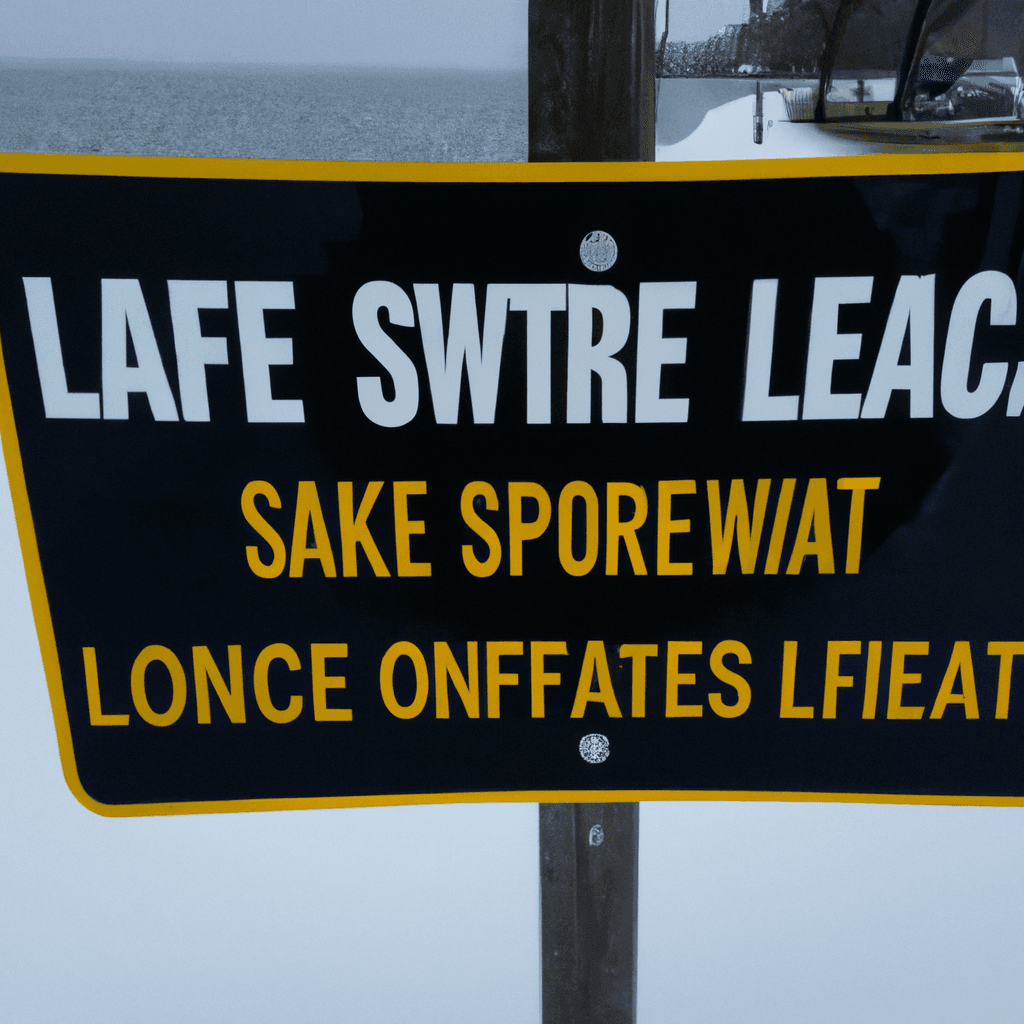Understanding Lake-Effect Snow Warnings
What You Need to Know About This Unique Weather Phenomenon

What is Lake-Effect Snow?
Lake-effect snow is a meteorological phenomenon that occurs in certain regions, particularly in the Great Lakes area of the United States. It happens when cold air moves over relatively warmer waters, picking up moisture that eventually falls as snow. This type of snowfall can lead to significant accumulations in localized areas, often within a short amount of time.
How Does It Work?
The process starts when cold air flows over a larger body of water, such as a lake. The warmer lake water heats the air above it, causing it to rise. As this air rises and travels over the colder land, it cools down, leading to condensation and, ultimately, precipitation in the form of snow.
Characteristics of Lake-Effect Snow Warnings
During winter months, meteorologists often issue lake-effect snow warnings to alert residents about the potential for heavy snowfall. These warnings are a signal for people living in affected areas to prepare for travel disruptions, power outages, and other impacts associated with heavy snow.
Where is Lake-Effect Snow Common?
Lake-effect snow is most common in regions surrounding the Great Lakes, including parts of New York, Michigan, Ohio, and Pennsylvania. However, similar effects can occur near any significant body of water under the right atmospheric conditions.
Preparation and Safety Tips
- Stay Informed: Keep an eye on weather forecasts and warnings from local news outlets.
- Prepare Your Home: Make sure you have necessary supplies, such as food, water, and blankets, in case of power outages.
- Travel Cautiously: Avoid unnecessary travel during heavy snow events, and if you must go out, equip your vehicle for winter conditions.
Conclusion
Lake-effect snow warnings are essential for keeping residents informed and safe during winter snowfall events. Understanding this weather phenomenon helps individuals prepare and respond effectively, ensuring their safety during these sometimes extreme weather episodes.